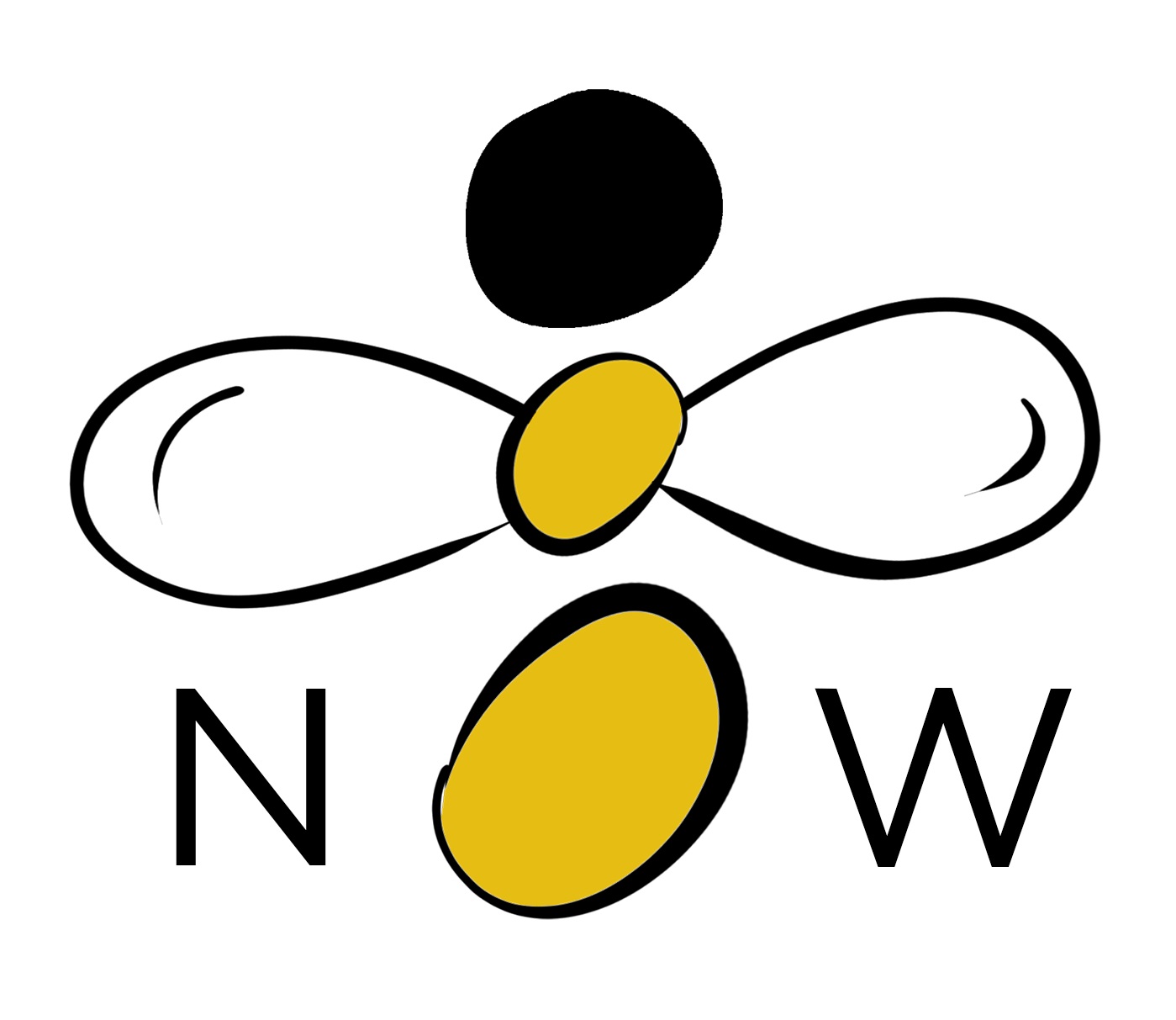 Innovation is the seed of growth and involves a dynamic interplay between social creativity and business strategy. In order to build a strong team or organization these two forces must be complimentary otherwise innovation will fail no matter how many books you read or people you consult with to help you innovate. You must make space for your people’s ingenuity to shine and give them freedom to be entrepreneurial within the organization. In essence, the leadership work is to create the environment where new ideas can take off, no matter where they emerge in the organization. Strategy shapes the work environment so take a look at your own framework and determine if there is room for breakthrough thinking.
Innovation is the seed of growth and involves a dynamic interplay between social creativity and business strategy. In order to build a strong team or organization these two forces must be complimentary otherwise innovation will fail no matter how many books you read or people you consult with to help you innovate. You must make space for your people’s ingenuity to shine and give them freedom to be entrepreneurial within the organization. In essence, the leadership work is to create the environment where new ideas can take off, no matter where they emerge in the organization. Strategy shapes the work environment so take a look at your own framework and determine if there is room for breakthrough thinking.
3M dedicates 30% of sales revenues in its four year projections to breakthrough innovations. The company envisions the unthinkable and allocates the necessary resources to make them happen. For example, the company allows 20% of employee time to be spent on personal projects (aka “bootleg time”) that are related to the business. The requirement is to show the results and be open to feedback. High potential ideas are then incubated and nurtured to be trialed in the market for monetization. This approach generates a culture that is not afraid to fail and makes prototyping ideas a way of life. It also builds engagement and loyalty among employees as they are trusted to do the work they are passionate about. Of course, this strategy only works if you are recruiting the right people to begin with; people who have strong expertise in a specific area and are ambitious about creating change.
Adobe hosts what it calls “innovation week” where employees can work on anything they want for an entire week. Again, the requirement is to show the work. Google and Facebook implement similar practices. These companies also engrain innovation into their performance management systems by providing the right incentives and training. One technique to use during performance reviews is to ask employee to show their scrap work (aka failures) as it would reveal the ability to innovate and balance immediate goals with the bigger vision. These strategic interventions generate fresh thinking within the organization to increase their odds of success for the future.
